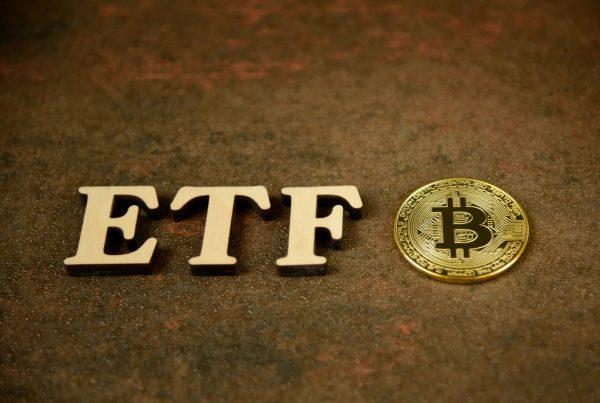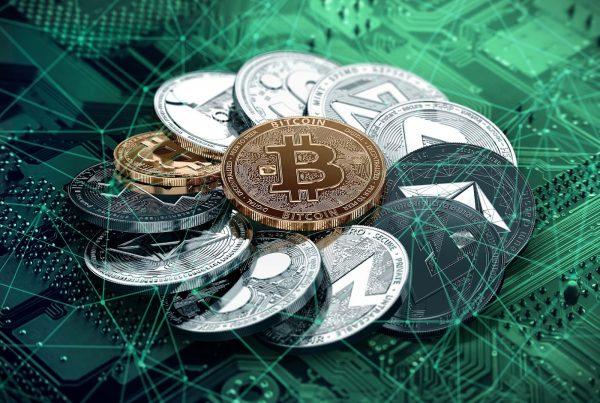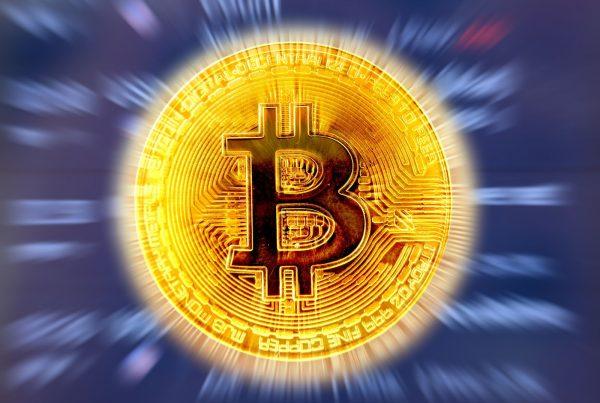
For investors venturing into the realm of cryptocurrencies, a deep understanding of tokenomics and distribution models is not just advantageous; it’s essential. These elements fundamentally shape the value, stability, and potential future performance of digital currencies. Two notable examples that illustrate the diversity in these models are SHIB (Shiba Inu) and XRP (Ripple). While SHIB emerged as a meme-inspired token with an unconventional approach to distribution, XRP represents a more structured, company-backed model, each offering unique insights into the complex dynamics of cryptocurrency economics. In this article, we’ll compare Shib vs XRP through these two elements. Let’s get closer to it.
SHIB (Shiba Inu): A Meme Coin with a Twist
Shiba Inu, popularly known as SHIB, started as a meme coin, echoing the footsteps of Dogecoin. However, its tokenomics reveal a more intricate picture. Initially, SHIB’s total supply was one quadrillion tokens. In a bold move, half of the supply was locked in Uniswap for liquidity, while the other half was famously burned by Ethereum co-founder Vitalik Buterin, significantly reducing the circulating supply.
This act of burning a substantial portion of the supply created a deflationary aspect to SHIB’s tokenomics. Unlike traditional inflationary currencies, which decrease in value over time as more units are produced, SHIB’s value could potentially increase as the supply diminishes.
XRP (Ripple): A Centralized Approach for Efficiency
XRP, on the other hand, presents a contrasting model. Developed by Ripple Labs, XRP was created to facilitate quick and efficient currency exchanges, including fiat and other cryptocurrencies. Unlike SHIB, XRP was pre-mined, with a total supply of 100 billion tokens, and Ripple Labs initially held a significant portion of this supply.
Ripple’s approach to distribution is more centralized. The company periodically releases portions of XRP from an escrow account, controlling the supply and, to an extent, its price stability. This model has drawn criticism for its centralized nature, but it also allows for strategic market interventions to maintain price stability and encourage adoption.
Market Impact and Stability
The market impact of these differing approaches is significant. SHIB’s community-driven, decentralized model has led to high volatility, often driven by social media and influencer endorsements. In contrast, XRP, through Ripple’s structured release schedule, aims for steady growth and long-term stability, making it more attractive to institutional investors and for cross-border payments solutions.
Influence of Supply Mechanics
SHIB’s deflationary model, where the supply decreases over time, can lead to price spikes as seen in its historical performance. However, this model also introduces unpredictability and susceptibility to market sentiments. XRP’s inflationary model, where the supply is controlled but not reduced, aims for a gradual increase in circulation, aligning with its goal of becoming a bridge currency in international finance.
Bottom line
In conclusion, SHIB and XRP showcase diverse strategies in the realm of cryptocurrency tokenomics and distribution. SHIB, with its community-focused, deflationary approach, offers a high-risk, high-reward scenario, often fueled by market trends and popular sentiment. XRP, in contrast, provides a more stable and controlled growth path, aligning with institutional usage and cross-border transactions. Understanding these differences is key for any investor or user navigating the complex and dynamic world of cryptocurrencies.



